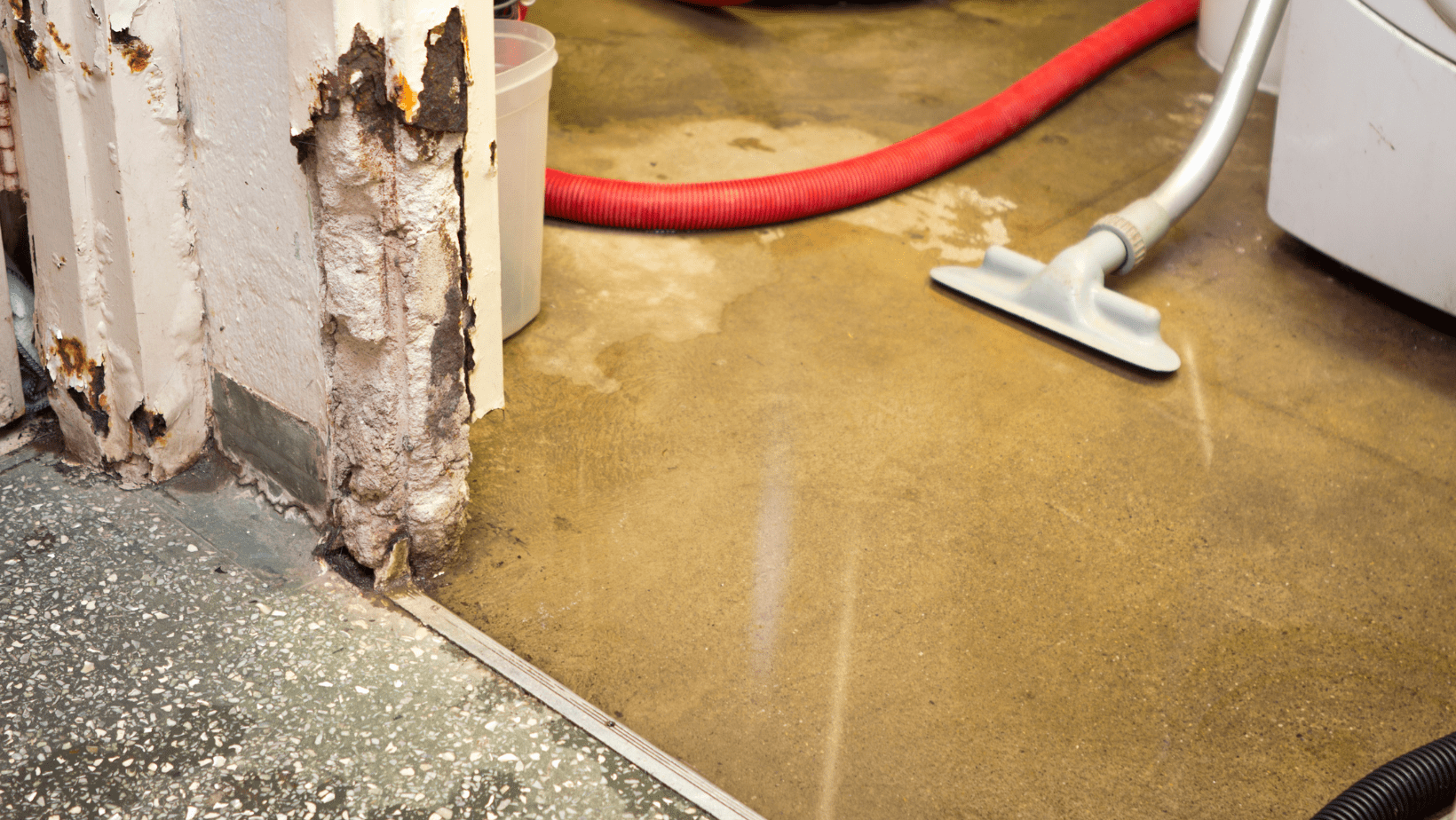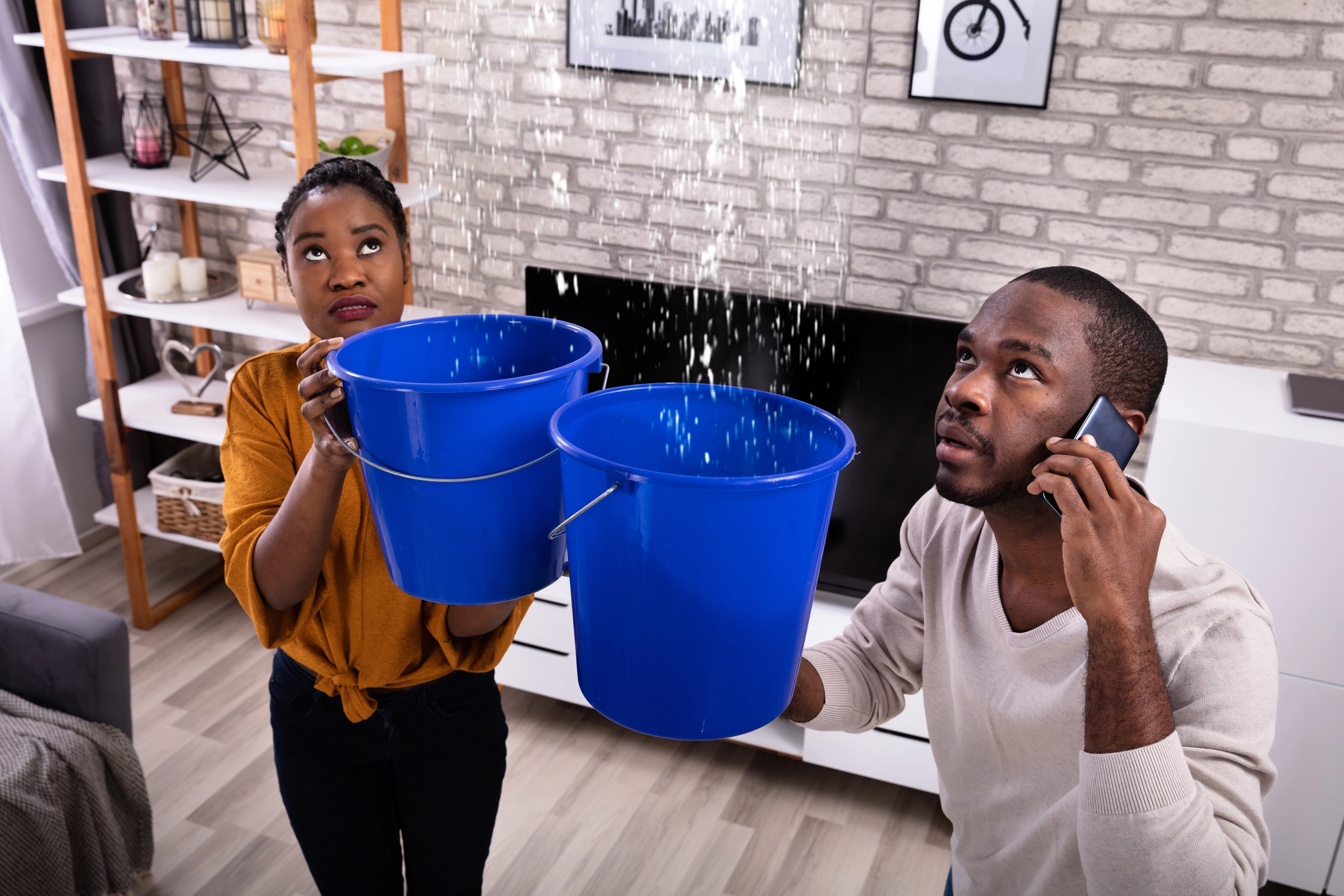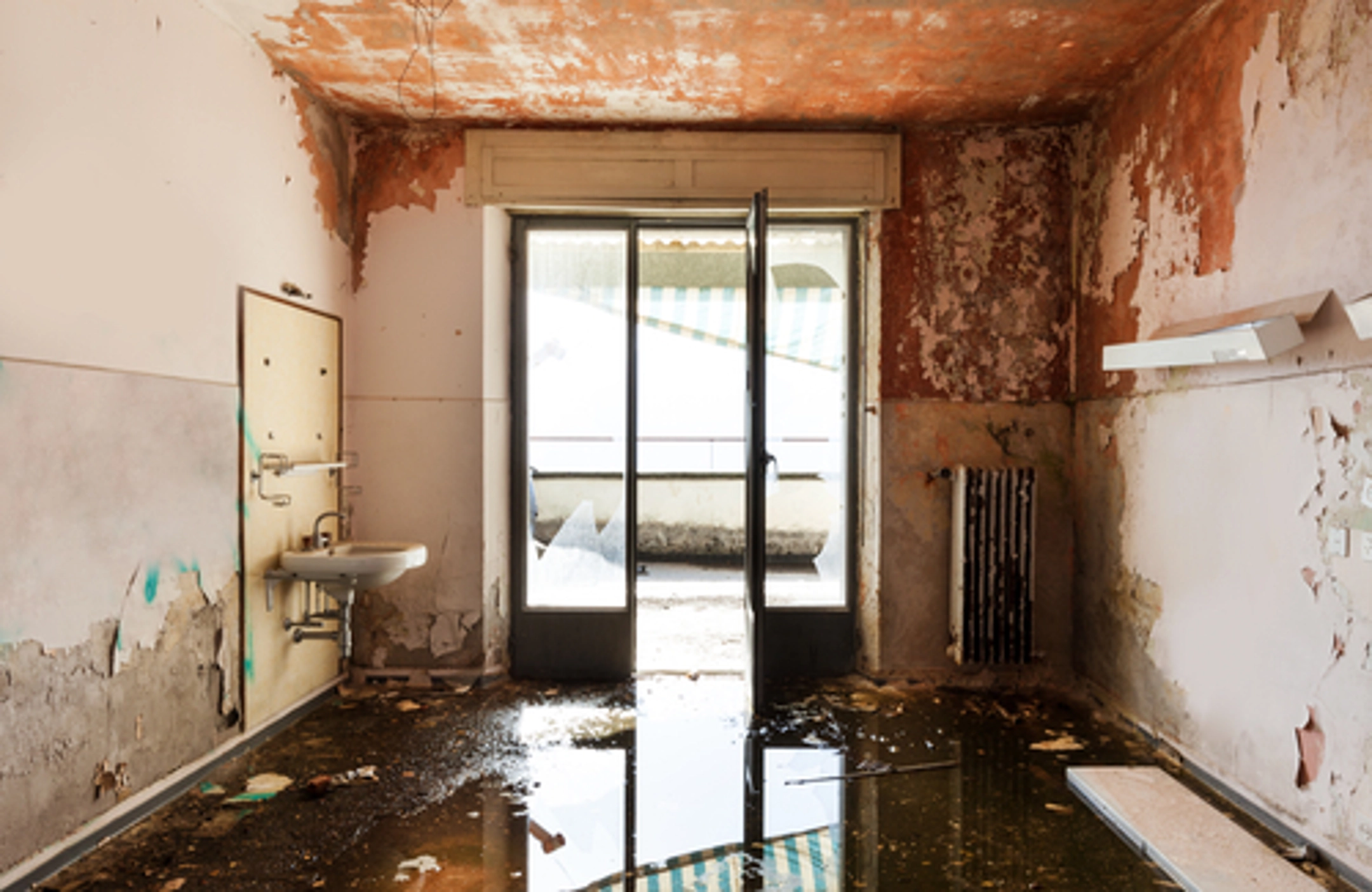Necessary Steps to Follow for Effective Water Damages Reconstruction in your house
When encountered with water damages in your house, recognizing the important actions for efficient reconstruction can make all the distinction. You need to evaluate the damage and guarantee safety and security prior to dealing with the issue. Stopping the source of water is important, yet it's just the start. There's a series of activities you must take to secure your residential or commercial property from more issues when you've handled that. Allow's discover what you should do next.
Examine the Damages
When you uncover water damages in your home, the primary step is to evaluate the damage extensively. Start by determining the source of the water intrusion. Look for leakages, burst pipelines, or other problems causing the issue. Next, take a look at the impacted areas for noticeable indicators of damage, including bending, discoloration, or mold and mildew growth. Don't fail to remember to look in covert areas like behind walls or under floor covering, as water can leak right into these areas unnoticed.Document the damages by taking clear images and notes. When talking about the situation with your insurance policy provider or repair professionals, this will certainly help you. Take note of the kind of products affected, as various products call for different remediation techniques. Lastly, examine the extent of the damages. Is it extensive or minor? Understanding the scope will lead you in choosing whether to handle it on your own or call in the professionals for a more comprehensive reconstruction procedure.

Make sure Security
Before you begin any type of reconstruction job, assuring your safety and security is necessary. Initially, examine the condition of your home. If the water's deep or if you see electric hazards, don't get in the area. Switch off the electricity and gas supply to protect against accidents. Use safety equipment like boots, masks, and gloves to protect on your own from impurities or mold.It's essential to stay knowledgeable about your environments; look for unsafe surfaces and sharp objects. If the water is from a sewer back-up, treat it as dangerous waste. Keep kids and family pets away from impacted areas to avoid exposure.Once you have actually taken these preventative measures, you can proceed with the repair procedure. Keep in mind, your safety and security comes first, and if you're ever before unsure, it's best to seek advice from a professional. Taking these steps will aid ensure you're all set to take on the remediation securely and effectively.
Quit the Source of Water
After ensuring your security, the following action is to quit the source of water. Recognize where the leak is coming from. It might be a ruptured pipeline, a malfunctioning home appliance, and even heavy rain going into with a damaged roof. If it's a pipes problem, turn off the primary supply of water to your home to avoid additional flooding. For home appliances, unplug them and close off their supply of water valves.If the source is outdoors, like rain, try to divert it far from your home utilizing sandbags or various other barriers. For small leakages, you may be able to use tape or a sealant momentarily till a specialist can repair it. Keep in mind, addressing the source swiftly is important to minimizing damage and stopping mold growth. When you've stopped the water, you'll be in a better setting to go on to the following action in the remediation process.

Get Rid Of Excess Water
Act promptly to get rid of excess water, as standing water can result in more substantial damage and mold and mildew growth. Collect your tools: a wet/dry vacuum, containers, and towels. You can use towels to saturate up the wetness if the water is shallow. For deeper water, a wet/dry vacuum is your best bet. Make certain to empty the vacuum cleaner often to avoid overflow.If the water is contaminated, like from a sewer backup, put on safety equipment, including handwear covers and masks, to keep yourself safe. Once you have actually removed as much water as feasible, examine for concealed pockets of wetness in corners and under furnishings, as these can harbor mold.Don' t neglect to shut off electric home appliances and power outlets in wet locations to avoid dangers. This first step is crucial in decreasing damage and setting the stage for an effective reconstruction procedure.
Dry and Dehumidify the Area
It's crucial to completely dry and evaporate the area extensively when you have actually gotten rid of the excess water. Begin by utilizing dehumidifiers properly to draw dampness out of the air and avoid mold development. Watch on moisture levels to assure the space dries out entirely.
Get Rid Of Standing Water
To efficiently tackle water damage, you require to concentrate on getting rid of standing water as rapidly as feasible. Beginning by collecting needed devices, like a wet/dry vacuum or a pump, depending upon the quantity of water. If the water is superficial, a vacuum should work. For bigger quantities, a pump is much more effective. While working, make sure to use safety equipment to keep on your own safe from pollutants. As you get rid of the water, pay attention to hidden locations like under furnishings or in edges where water could gather. Your area will certainly start to dry out when you have actually eliminated the majority. This step is important, as sticking around water can cause mold and mildew growth and a lot more substantial damage.
Usage Dehumidifiers Effectively
How can you effectively utilize dehumidifiers to completely dry and websites evaporate your space? Beginning by putting your dehumidifier in the most afflicted area, ideally where water damages is most severe. Ensure to shut all doors and home windows to produce a sealed setting. Activate the dehumidifier and set it to the proper humidity degree, typically around 30-50%. Vacant the water collection container frequently, or take into consideration utilizing a model with a continual drain option for comfort. If feasible, make use of check here fans to improve airflow, helping the dehumidifier work much more efficiently. Maintain the dehumidifier running up until you're certain that the area is completely dried, avoiding mold and mildew development and extra damage (Flood Damage Restoration). This action is necessary for efficient water damage remediation
Display Moisture Degrees
Surveillance moisture levels is vital throughout the drying out process, as it helps ensure your space stays devoid of excess wetness. Buy a trusted hygrometer to track humidity accurately. Preferably, you wish to preserve levels between 30% and 50%. If moisture readings climb above this array, you might require to adjust your dehumidifiers or followers to improve airflow. Check the readings regularly, particularly in areas prone to dampness, like bathrooms or cellars. Think about raising air flow or using added dehumidifiers if you discover persistent high humidity. Remaining on top of these levels not only accelerates the drying process yet additionally protects against mold growth, guaranteeing your home stays risk-free and comfortable.
Tidy and Disinfect Affected Surfaces

Recover and Repair Your Home
After cleaning and sanitizing the affected areas, it's time to bring back and repair your home. Begin by examining the damage. Inspect for structural concerns, like deteriorated floors or walls, and address discover this info here any necessary repair services. Changing damaged drywall or flooring is crucial for both aesthetic appeals and safety.If your furniture or items were impacted, think about whether they can be restored or need replacement. Tidy or properly bring back things where possible.Next, touch and paint walls up any type of locations that need attention. This not just improves appearance however likewise shields surfaces from future water damage.Don' t neglect to examine your plumbing and home appliances for leaks, guaranteeing every little thing's working effectively. Consider setting up a dehumidifier to stop future wetness concerns. By taking these steps, you'll recover your home to its previous glory and produce a much safer living environment.
Regularly Asked Inquiries
For How Long Does Water Damage Remediation Usually Take?
Water damages reconstruction commonly takes anywhere from a few days to numerous weeks, depending on the degree of the damages (Water Damage Restoration St George UT). You'll intend to examine the situation promptly to decrease additional difficulties and ensure appropriate remediation
Will My Insurance Coverage Cover Water Damage Remediation Expenses?
Your insurance policy may cover water damages remediation costs, yet it relies on your policy. Inspect your insurance coverage details and contact your insurance policy agent to clarify what's consisted of and what you require to sue.
Can I Deal With Water Damages Reconstruction Myself?
You can handle water damage restoration on your own, but it's important to analyze the circumstance. You might desire to call experts if it's substantial. Always focus on security and assure you've obtained the right devices.
What Are the Indicators of Hidden Water Damages?
You might see signs of concealed water damages like warped wall surfaces, moldy odors, or discoloration. If your floors really feel squishy or you area mold and mildew, it's time to investigate further prior to the scenario intensifies.
Exactly How Can I Avoid Future Water Damages in My Home?
To protect against future water damages in your home, you need to routinely examine pipes, seal splits, preserve gutters, and warranty appropriate drainage. Setting up a sump pump and dampness barriers can likewise aid keep your room dry. When you discover water damage in your home, the very first action is to analyze the damage completely. Act promptly to remove excess water, as standing water can lead to more comprehensive damage and mold growth. To effectively take on water damage, you require to concentrate on removing standing water as swiftly as possible. As you remove the water, pay interest to hidden locations like under furniture or in edges where water might collect. Water damages restoration usually takes anywhere from a few days to a number of weeks, depending on the degree of the damages.